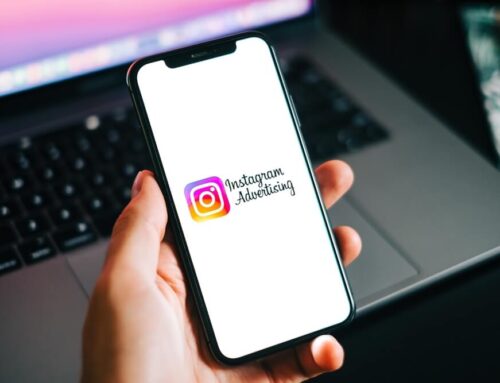Whether you’re looking at digital marketing for the very first time or you’re interested in ways to boost your current efforts, there are always things you can do to improve. One of the best ways to connect with your audience, get leads, and make sales is to make use of the tools that Google has available.
Let’s take a look at some of the stats:
- 70,000 searches get processed by Google each second
- 72% of desktop searches happen on Google
- 92% of mobile searches happen on Google
- 92% of the global search engine market belongs to Google
It’s easy to see why Google is such an attractive advertising platform. In this blog, we’re going over a few strategies available to you to make the most of your relationship with Google, take advantage of all the tools they offer and help you get the best ROI for your time and money.
Title Tags and Descriptions (Metadata)
Optimizing title tags and meta descriptions on your website are among the most basic and essential things you can address to ensure your website is ranking properly among Google’s search engine results pages (SERPs). Title tags and meta descriptions give searchers information about what they’ll find on a webpage before clicking in the search results. The more accurate, descriptive, and unique you can get with your title tags and descriptions, the better. As your website earns more traffic thanks to accurate listing information and quality content, your SERP rankings can increase organically.
Keywords
Is your online presence optimized with strong keywords of varying lengths? Keyword research is a crucial SEO practice that helps ensure that your target audience can effectively find your content. Single, simple keywords should naturally be included in all of your copy content, but you can also specifically include long-tail keywords or keyword phrases that match the search strings and phrases that searchers are searching for.
Some keywords are what we call “low-hanging fruit.” This term describes unique, appropriate keywords that are easy to incorporate into your digital content. They’re also relatively popular and unused by most other businesses in your industry. Always be on the lookout for low-hanging-fruit keywords that you can include in your content to provide a boost to your organic search results.
Google My Business

Google My Business (GMB) is a free tool designed to help businesses create and manage their online presence across Google, including search and maps. By verifying and editing your business information, you can help customers find you and provide them with detailed information about your business.
In order to attract and connect with your audience, GMB offers a variety of features to edit your business details, add photos and videos, and manage public reviews. You can track data about how often people search for you, incoming phone calls, and customer demographics.
Mobile-First Indexing
Mobile-first indexing means that Google will use the mobile version of your site to indexing and rank your pages. Historically, the index primarily used the desktop version of a page’s content when evaluating the relevance of a page to a user’s query. As mentioned at the top of this post, 92% of all mobile searches happen on Google, so it makes perfect sense to optimize your website for mobile browsing.
Sites that aren’t mobile-friendly can be difficult for users to navigate on touch screens, requiring people to pinch and zoom with an unwieldy scrolling system. Optimizing your digital presence by prioritizing mobile helps to organically build your brand with high-quality, seamless user experiences, and easily accessible content and contact information.
Google Ads
Google Ads is a paid service that lets you pay to be featured in the top advertising spaces on Google SERPs, above any organic listings. The main benefits of Google Ads are that they offer faster results than organic SEO. According to Google, advertisers make $8 for every $1 they spend on Google Ads.
Much of the Google Ads process can be automated once you’ve decided upon settings for your campaign. This is called programmatic advertising. By including a Google Ads campaign in your budget, you’re guaranteed to have your ads shown to relevant audience members.
Google Ads can help searchers find your content through standard searches, YouTube, Google Maps, Google Play, and any other platforms that you create content for. Through your online dashboard, you can fine-tune every aspect of a campaign including adjustable bids for various audience types, refining your target audiences, and creating new exclusions for products or services that you shouldn’t be associated with.
SOURCE: Marketing Insider Group









